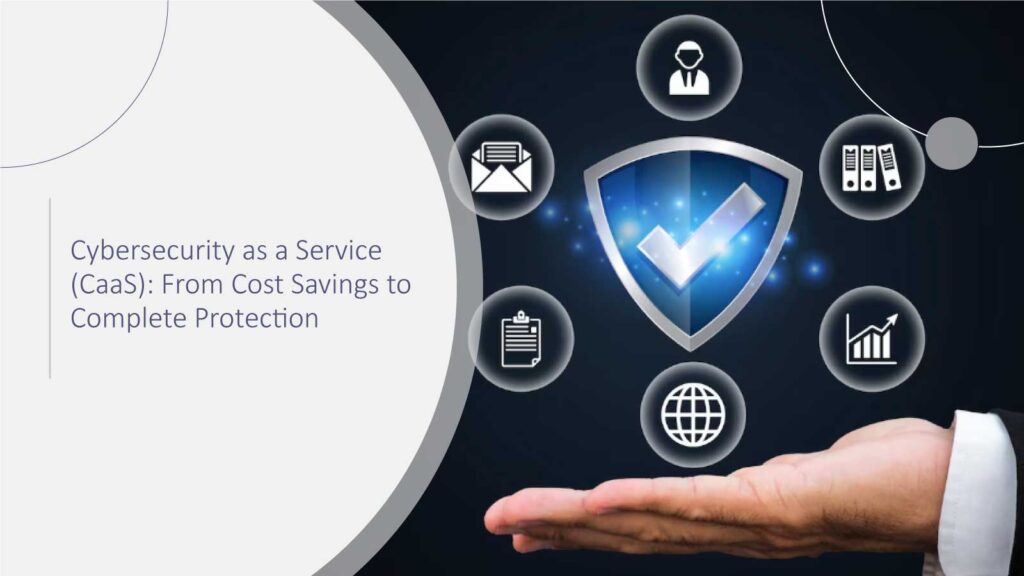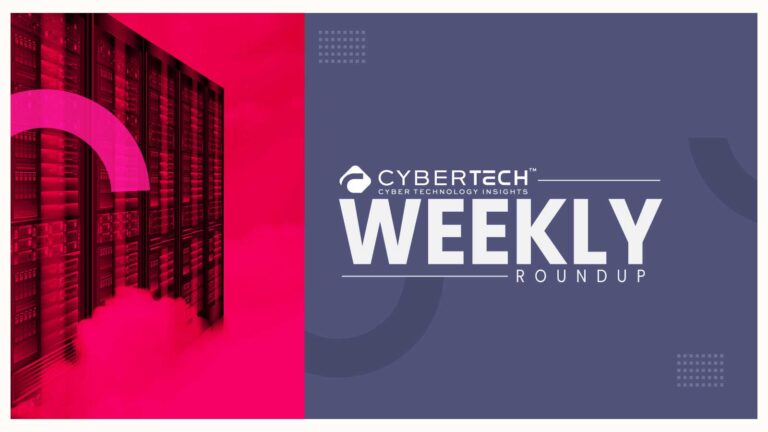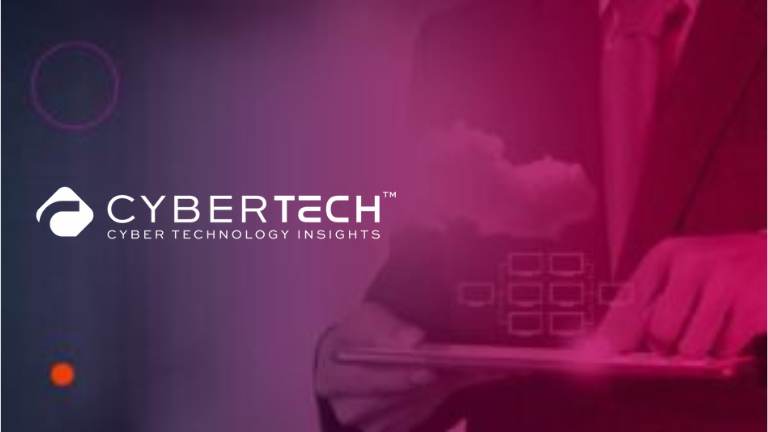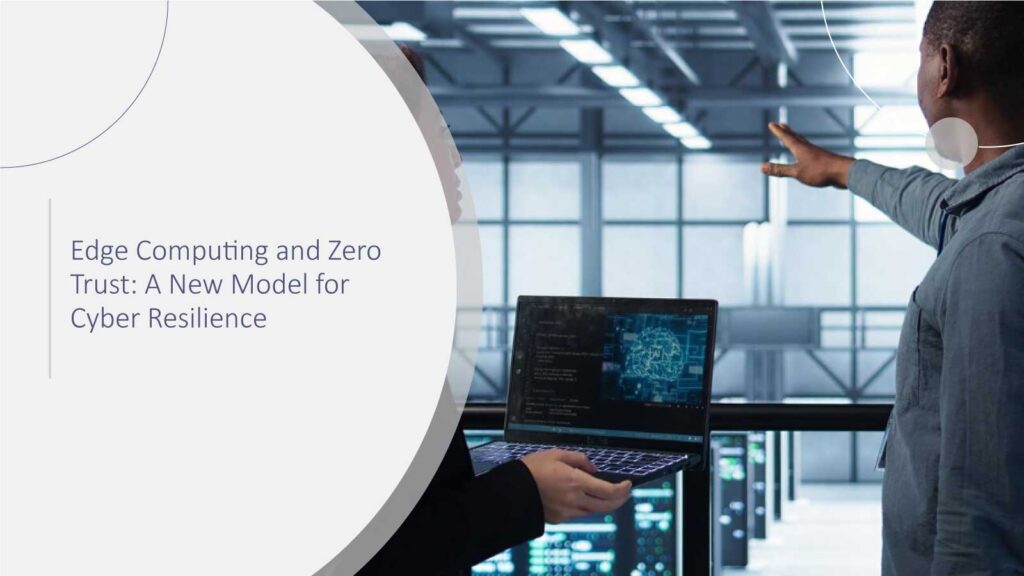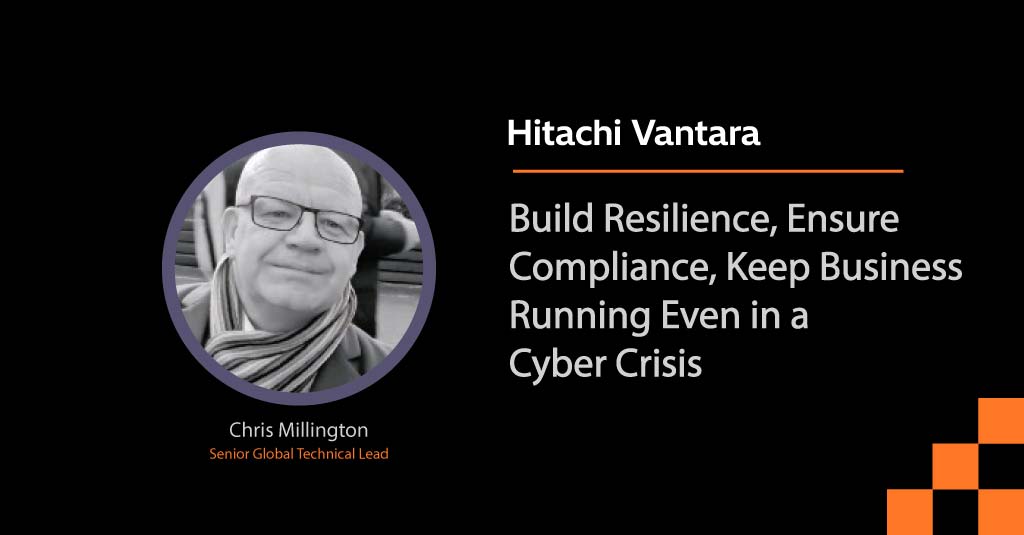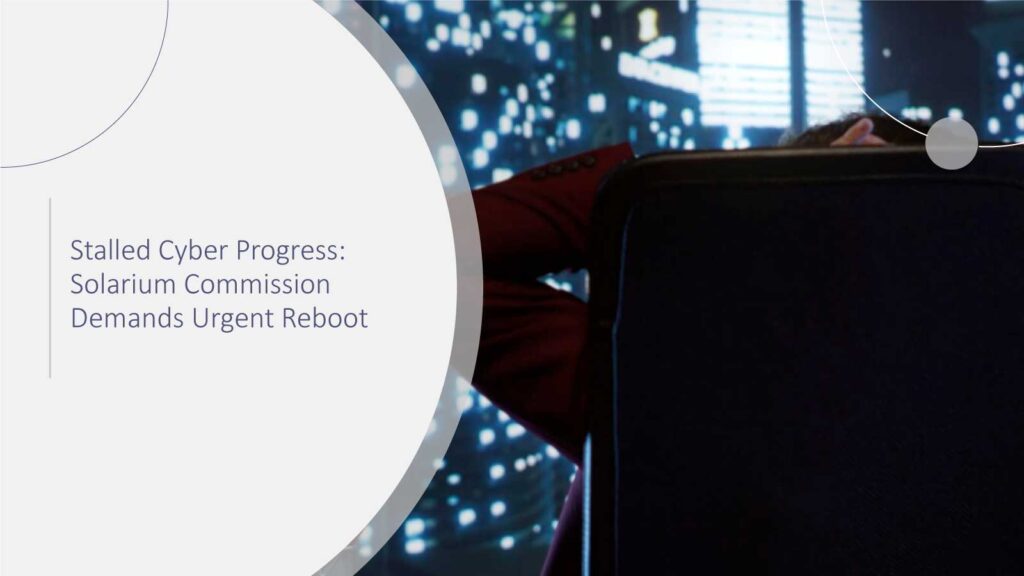Don’t you remember that just some time ago, installing antivirus software was seen as the “only solution” to the problem of protecting a business? Those were much simpler times indeed. Today, the threats that enterprises face are entirely different from those of a decade ago: AI-driven phishing, ransomware-as-a-service, deepfake fraud, and zero-day exploits that evolve faster than your morning coffee order. This is precisely why Cybersecurity as a Service (CaaS) has become essential. With the global average cost of a data breach in 2025 reaching $4.96 million – a 12% rise since 2023 – organizations need a proactive, managed security approach that goes beyond traditional antivirus solutions.
On the other hand, here’s the truth: even big organizations with well-developed IT departments are finding it difficult to keep pace with the attackers. Managing the cybersecurity infrastructure on the organization’s premises is a risky and very expensive job; it is also complex and always changing. Precisely this is where Cybersecurity as a Service (CaaS) comes in – a flexible, cloud-based solution that transforms cybersecurity into a supervised, guaranteed, continuously evolving service. According to IBM’s Cost of a Data Breach Report 2025, the average breach now costs organizations $4.96 million, highlighting that cyber risk today is as much a financial concern as a technical one.
Essentially, it would be like a 24/7 security operations center for your company, but you don’t have to pay for its installation and maintenance.
What Is Cybersecurity as a Service (CaaS)?
Cybersecurity as a Service is a model based on a subscription where organizations delegate their cybersecurity operations, monitoring, threat detection, response, and recovery to a third-party expert who specializes in this field.
Basically, it is the same as for Software as a Service (SaaS) if we talk about cybersecurity, but the difference is that the customers get the same security service that they have during the day and at night, without having to install any security products.
CaaS providers often deliver solutions like:
- Live threat intelligence and vulnerability detection
- Endpoint Detection and Response (EDR)
- Security Incident and Event Management (SIEM)
- Cloud security monitoring
- Incident response and forensics
- Compliance management
One of the latest forecasts says that more than 65% of businesses will utilize CaaS solutions as a part of their digital transformation journey from now till 2027. It means that this is not a mere trend of temporary nature; rather, it is a strategic shift pointing towards much-improved cybersecurity perceptions.
From Cost Center to Business Enabler
Cybersecurity has been labeled a cost center for a long time, a department that consumes budgets without directly producing income. The CaaS model is effective in changing that mindset.
These are the reasons:
It shifts the emphasis from capital expenditure (CapEx) to operational expenditure (OpEx) – only the amount that you use needs to be paid for.
On-demand scalability is supported by it – you can easily extend security coverage as your company grows.
The highest standard of security competence, which would be costly if hired inside the company, is made available to you by this.
Take the example of a medium-sized financial services company situated in Manhattan, which, after a transition to a CaaS provider employing AI-based threat detection, was able to reduce security costs by almost 40% annually. Rather than dealing with a number of software licenses and patches, they are now centrally managing their complete security stance with improved performance metrics.
McKinsey’s 2024 State of Cybersecurity report corroborates this: organizations adopting managed security services see 30-40% cost efficiency gains and 50% faster threat response times.
The security function thus becomes one that is predictable, proactive, and affordable through the CaaS approach.
How CaaS Works: Behind the Curtain
We are going to break down all the complicated terms. The typical way in which CaaS functions behind the scenes is given below:
Assessment: The service provider conducts an evaluation of your digital assets – networks, endpoints, and applications – looking for potential security weaknesses.
Integration: Security tools like EDR, SIEM, and firewalls are installed in your environment regularly through APIs or cloud connectors.
Monitoring: AI and machine learning keep the traffic patterns under surveillance all the time, they find anomalies, and they give potential threats within the same time frame.
Response: Automated systems detach infected parts when a breach attempt is detected; meanwhile, the human experts continue the investigation.
Reporting & Compliance: They are in the form of detailed dashboards and compliance reports – HIPAA, GDPR, and SOC 2 without the need to manually manage them.
CaaS changes the method of security from a platform that is fixed to one that is dynamic and data-driven. You get instant visibility, fast reaction, and continuous updates, but without the difficulty of internal management.
Why Businesses Are Moving to CaaS
1. Rising Complexity of Threats
A cyberattack is a sophisticated operation these days; no more amateur hours. Hackers combine AI, automation, and even cloud to ramp up their attacks. IBM Security’s X-Force Threat Intelligence Index 2025 reports that ransomware accounted for 27% of all incidents, while AI-powered phishing attacks rose 52% year-on-year. CaaS helps organizations reduce the breach lifecycle by more than half.
2. Shortage of Cyber Talent
The worldwide cybersecurity workforce shortage is more than 3.5 million professionals. The process of hiring and keeping skilled analysts in the company is expensive. With CaaS, you get a top-tier cyber defense team for rent, available 24/7.
3. Regulatory Pressure
Compliance regulations, such as GDPR or CCPA, are tightening up all over the world. CaaS providers are always aware of the latest changes in these frameworks, which guarantees your company will stay out of fines and scandals.
4. Scalability on Demand
Your company expands, your data grows exponentially, and an attacker has more points to enter your network. CaaS offers an effortless extension of your security – it allows you to open a new location, install a new application, or let the employees work from home. Accenture’s State of Cyber Resilience Report 2025 notes that companies with adaptive, cloud-based security architectures are 42% more likely to maintain operational continuity during cyber incidents.
5. Measurable ROI
Apart from the traditional security systems, CaaS offers concrete statistics, for example, risk mitigation rates, the time of the response to the incident, and compliance scores. This data is very helpful for CISOs to get confirmation of their financial resources from the board of directors.
CaaS vs. Traditional Security: The Real Difference
| Aspect | Traditional Security | Cybersecurity as a Service (CaaS) |
|---|---|---|
| Cost Model | High upfront CapEx | Subscription-based OpEx |
| Scalability | Hardware-dependent | Cloud-native, scalable |
| Maintenance | Manual updates | Automatic, continuous |
| Expertise | In-house only | Global security experts |
| Response Time | Often delayed | Real-time, AI-assisted |
| Compliance | Managed internally | Automated reporting, audits |
The difference is more than just technological – it is a philosophical one as well. CaaS enables organizations to go beyond transit from reactive defense to proactive resilience.
How Enterprises Realize the Value of CaaS in Practice
The benefits can be clearer in the presence of actual examples or use cases:
Medical Sector: CaaS solutions have been implemented in several hospitals in California to meet HIPAA requirements. Outcome: 60% fewer alerts on breaches, and patient data protection auditing increased by 25%.
Trade: A major retail U.S. chain with fragmented on-premise systems decided to replace them with a unified CaaS dashboard, thus achieving real-time inventory and payment fraud detection.
Financial Sector: Community banks that are regionally where CaaS is employed for automated transaction monitoring and early ransomware detection have their false positives reduced by 40%.
CaaS is not merely a cost saver; it is the champion of digital trust, which directly influences brand reputation and customer loyalty.
Is CaaS the Future of Cybersecurity?
Short answer: yes. Moreover, it is not only because of the fact that it is “cheaper” or “easier”. It is simply because cybersecurity, as we see it, has gone beyond the old traditional ownership models.
As digital ecosystems become more interconnected, cloud apps, IoT devices, and hybrid work models are included in this trend. Centralized, always-on, expert-led protection is the only one that can help keep up with this complexity.
A source predicts that organizations using CaaS will have half the security incidents compared with those relying only on in-house teams.
The takeaway?
Cybersecurity as a Service model no longer serves as a temporary solution; it is a form of digital age strategic partnership.
Conclusion: Security That Scales with You
We should remember that Cybersecurity in today’s world is fully connected, and it is not something that can be just wrapped up like a project or a cost. Nevertheless, it would be more advantageous to possess Cybersecurity as a Service (CaaS), not only a smarter solution but also scalable, financially more secure, which means integrating the elements of automation, skills, and adaptability in one defense perimeter.
So, this should be the cause to pick the right decision, i.e.. the CaaS. To illustrate, if you are a CIO making your next digital transformation move or a business leader seeking the solution to be the customers’ next most trusted, then this is probably the most helpful disposition of the year for you.
Finally, the most frequent misconception with cybersecurity is that the job is only about bearing access to threats, yet it is quite a trust-based system that gains owners’ trust.
FAQs
1. What is Cybersecurity as a Service (CaaS)?
CaaS is a subscription-based model that provides an all-inclusive cybersecurity management package that encompasses monitoring, detection, and response, all carried out by service provider experts, leveraging sophisticated cloud and AI tools.
2. How is CaaS different from the traditional cybersecurity setups?
One of the distinctive factors that sets apart traditional cybersecurity and CaaS is that the former relies on the construction of infrastructures and largely human resources, while the latter is a cloud-based managed service that only needs a capital amount for the initial stages and provides scale, implementation automation, and continuous updates without taking up any extra space.
3. Could CaaS be usable to small and medium-sized businesses?
Certainly so, the CaaS solution is equally good for small- and medium-sized companies as well. The firm subscription model grants smaller enterprises the opportunity to enjoy the same cybersecurity protection levels as big businesses without having to create separate security departments or invest in pricey hardware.
4. Is CaaS capable of helping with requisite rules like GDPR or HIPAA?
Most CaaS partners offer compliance assistance through the use of auto-reporting, self-correcting, and other such tasks based solely on standards outlined by regulations.
5. How is the price of CaaS set?
CaaS is available on a subscription basis that could be paid monthly or annually, and the fee depends on several factors, such as the number of endpoints, the amount of data, and the service level agreements (SLAs), to name a few.
For deeper insights on agentic AI governance, identity controls, and real‑world breach data, visit Cyber Tech Insights.
To participate in upcoming interviews, please reach out to our CyberTech Media Room at sudipto@intentamplify.com.

